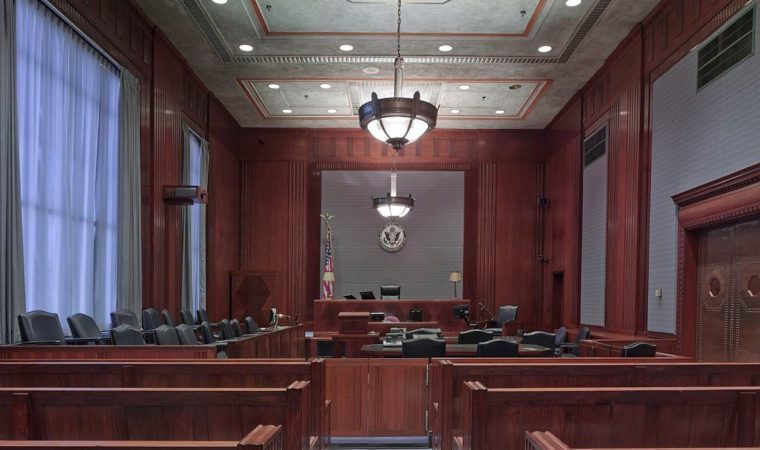
Smith & Nephew was an early medical device company in the U.S. to obtain approval for their metal-on-metal hip replacement system named the Birmingham Hip Resurfacing (BHR) system. The ‘pure’ BHR resurfacing hip surgery was soon adapted into the R3 Acetabular Total Hip Replacement (R3) system that placed a metal liner between the cup and head of the femur.
These hip replacement implants were first advertised as superior to other implants due to their durability, touting a lifetime of more than 20 years, and their ability to provide patients with greater mobility and return to active lifestyle.
However, many patients who had the BHR or R3 system found that there was early device failure. The implant was soon linked to metallosis, a life-threatening illness caused by toxic metal debris being released into the body and bloodstream. Other complications associated with this medical device are psuedotumors, pain, and the need for a difficult revision surgery to remove the device prematurely.
As a result, recipients of the medical device are pursuing lawsuits that claim Smith & Nephew knew their product was defective and could cause serious illness yet failed to properly warn doctors and patients. With the BHR continuing to be implanted in all patients through late 2015, there are many patients whose BHR and R3 hips are only now failing and requiring revision surgeries.
History of Hip Replacement Surgery Products
For hip replacement surgery, historically the most common procedure involved a total hip replacement. This is where the femoral head and neck are removed and completely replaced and a large femoral stem is inserted into the patient’s thigh. Smith & Nephew promoted BHR as being more bone conserving, since it allowed for the femoral head to be trimmed and capped with metal.
The BHR was approved by the Food and Drug Administration (FDA) in 2006 and was placed on the market shortly thereafter. However, the company issued a market withdrawal of BHR in September 2015. Similarly, the R3 metal liner was introduced to the U.S. market in 2008 and was recalled in 2012.
Current Litigation for BHR and R3 Hip Replacement Systems
There have been lawsuits against Smith & Nephew regarding the BHR and R3 for several years, but it was not until April 2017 when the U.S. Judicial Panel on Multidistrict Litigation combined the first 28 cases into the multidistrict litigation (MDL) that exists today. It is important to remember that an MDL is not the same as a class action – these are individual lawsuits that are being pursued on behalf of the individual who received the faulty BHR or R3 implant. The MDL allows for cases like these that are similar to be consolidated for pretrial proceedings and work-up.
Contact an Attorney Today
There are still many recipients of the BHR and R3 technologies that do not know they may be entitled to compensation. For those who received a BHR or R3 hip between 2006 and 2015 and have had to undergo a revision surgery or are in the process of scheduling a revision or removal surgery, it is important to speak with an attorney to make sure to preserve any claims that individual may have.
The Attorneys at The Whitley Law Firm have experience dealing with negligent medical device manufacturers and understand the complexities that arise in cases like these. Contact a Whitley Law Firm Attorney today.


